We love vehicles that have two and four wheels, so why shouldn't we love those that have six wheels? No, we're not talking about the latest Ford F-350->ke1097 Dually. We are talking about the technological marvel that has been on the tip of everyone's tongue lately: the Mars Science Laboratory, which is better known simply as the Curiosity Rover.
Recently, we showed you an infographic that pitted the 2013 Ford F-150 SVT Raptor against the Curiosity Rover, and that was obviously done in jest. See, the Curiosity Rover is set to go where no F-150 could ever go... the red planet – Mars to those that are not also Sci-Fi nerds.
With the Curiosity’s touchdown coming in just a few days, we thought it was time to give it the TopSpeed once over to see if it is really ready to embark on this 253-day journey, which is quite a commute...
UPDATE 08/07/2012: The Curiosity Rover has touched down on Mars and has officially taken its first color picture of the surface of the Red Planet. The picture was taken with the Mars Hand Lens Imager (MAHLI) at the end of the rover's robotic arm. Check out the image, as well as many others, in the gallery provided!
Click past the jump to read our full review on the Curiosity Rover.
2014 - 2002 2012 Curiosity Rover
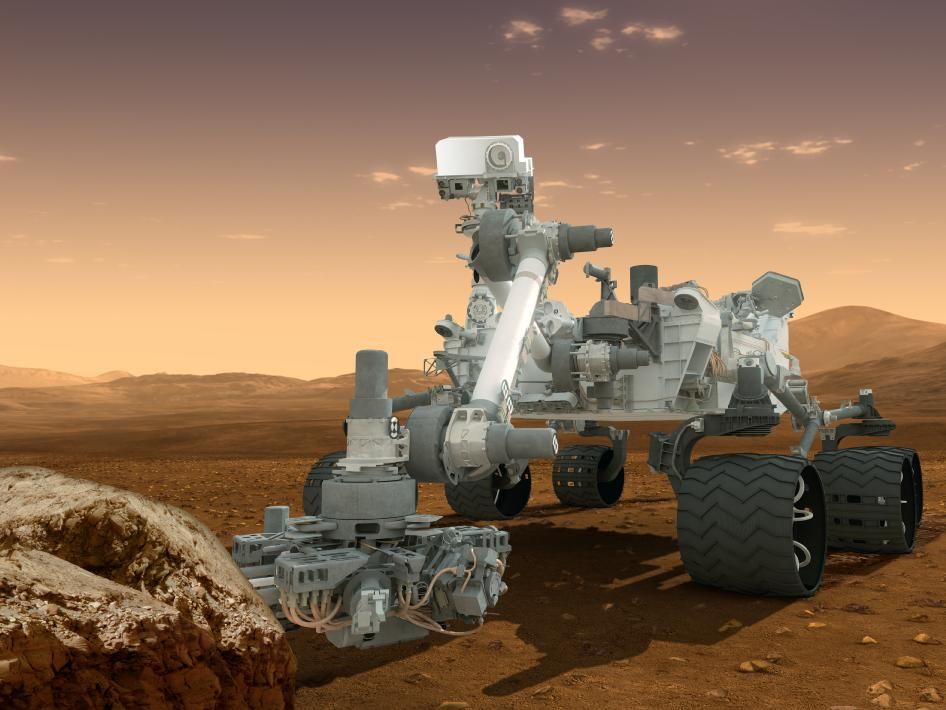

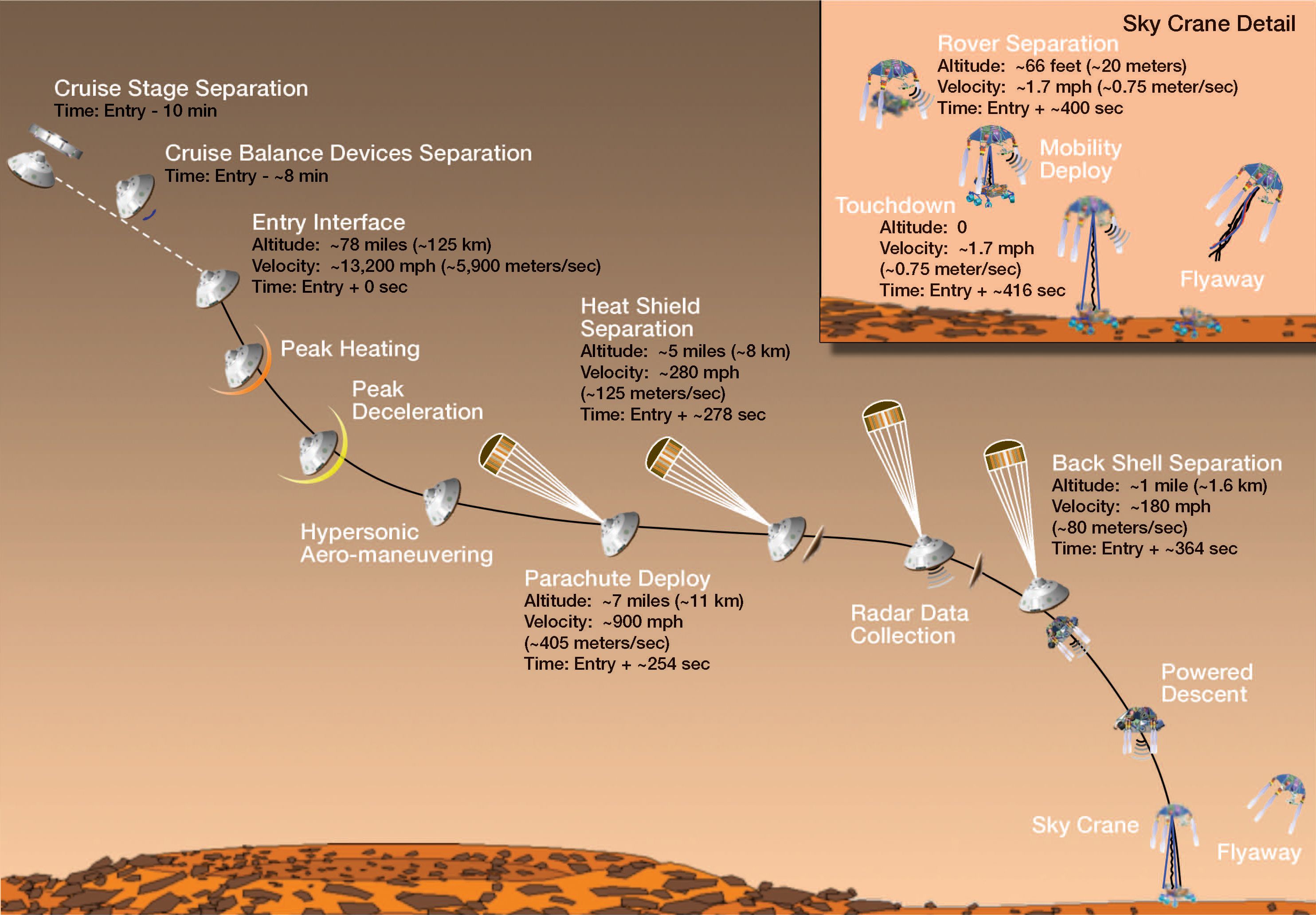
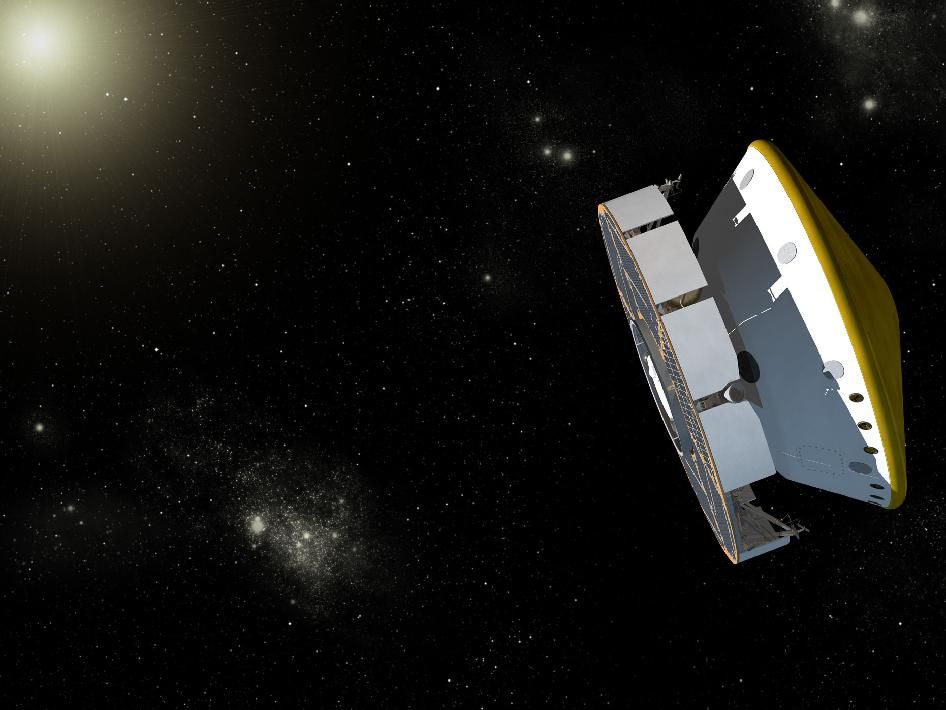
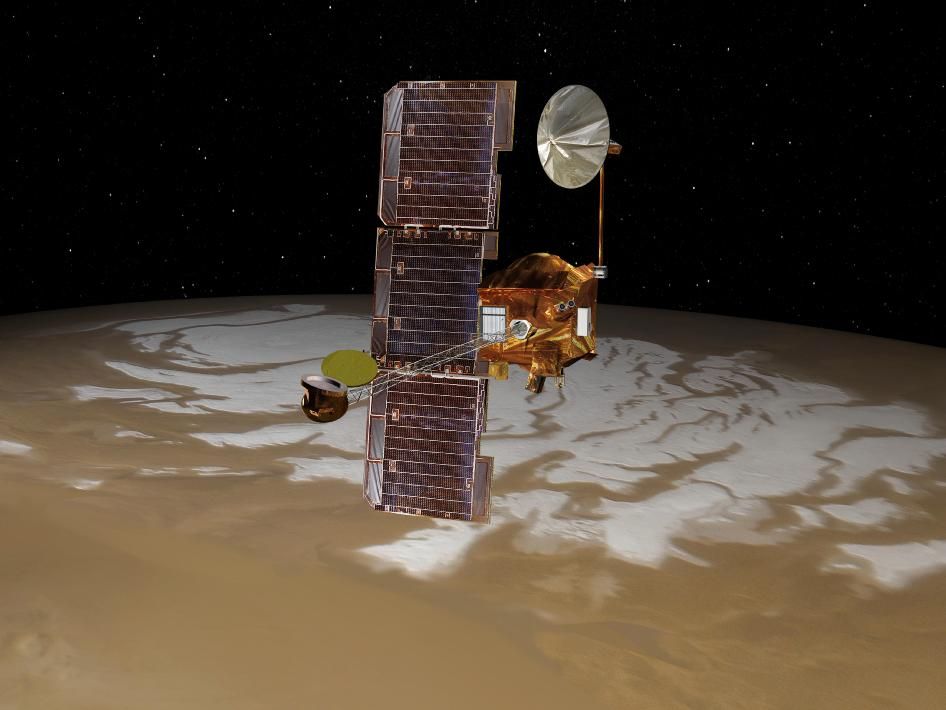
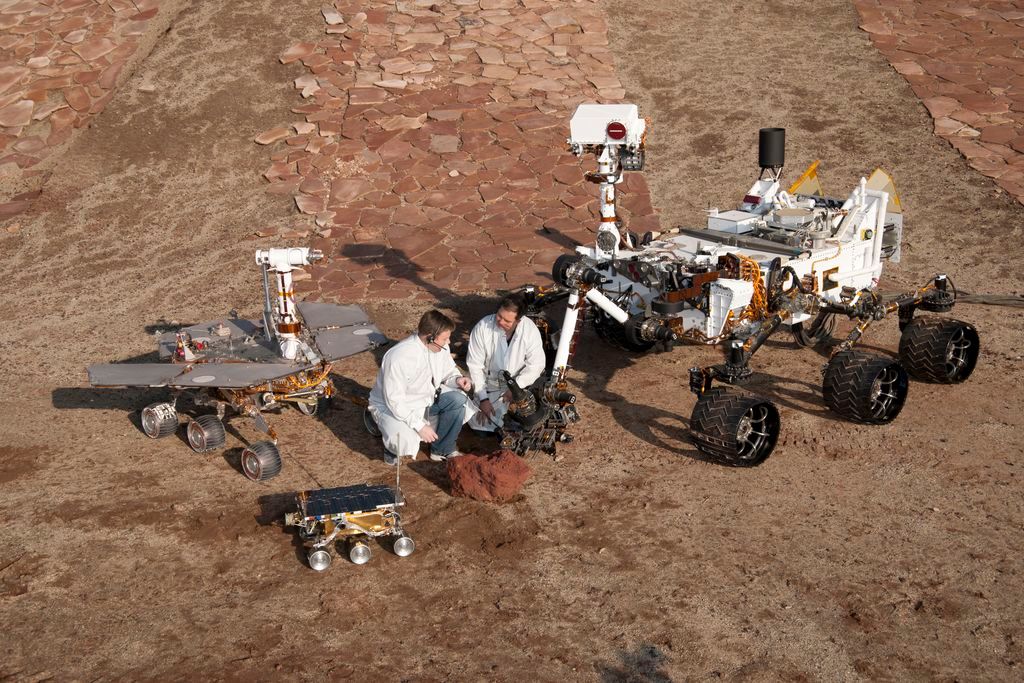
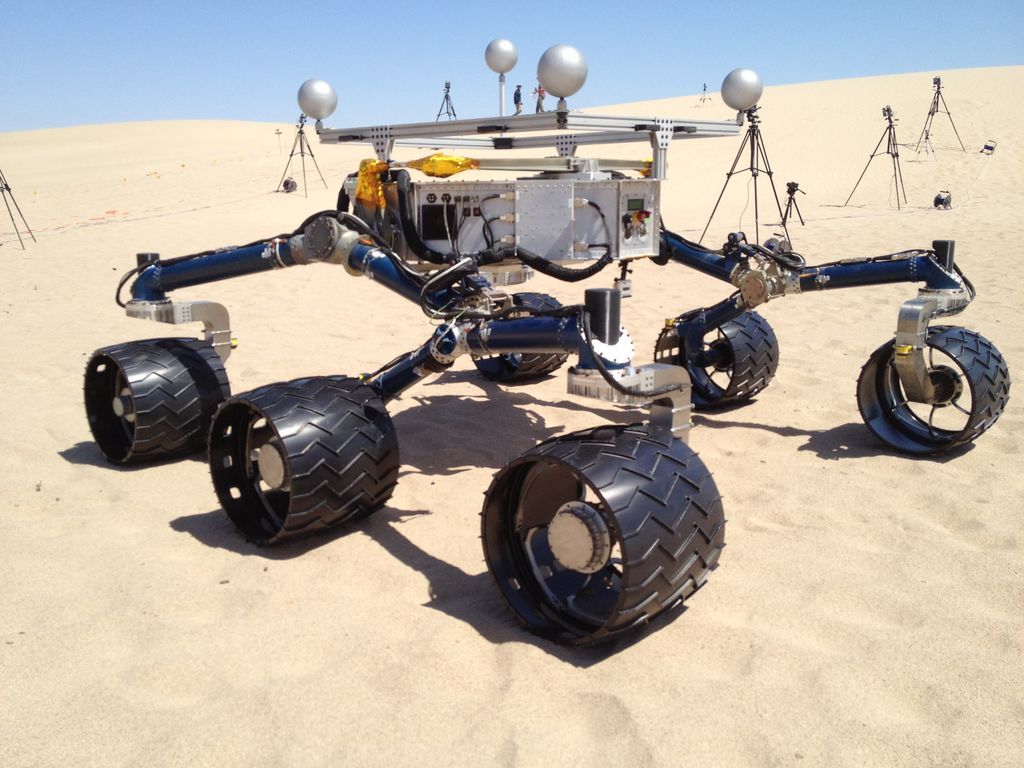
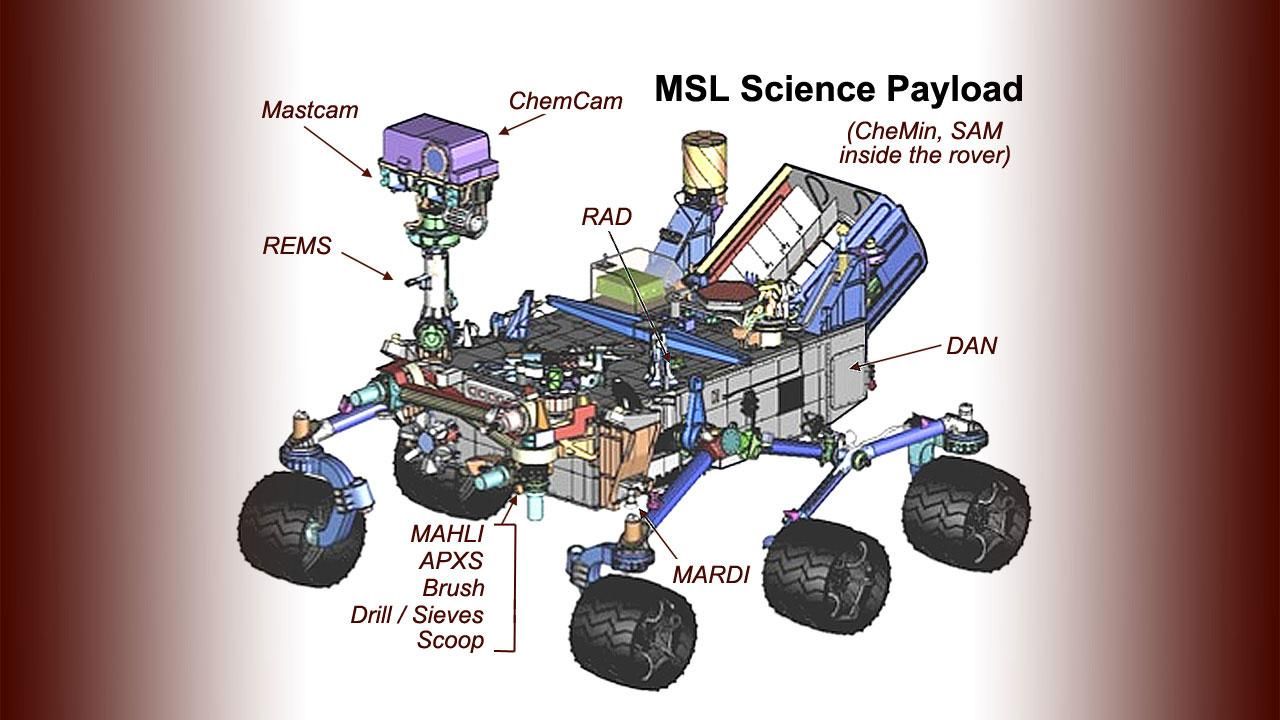
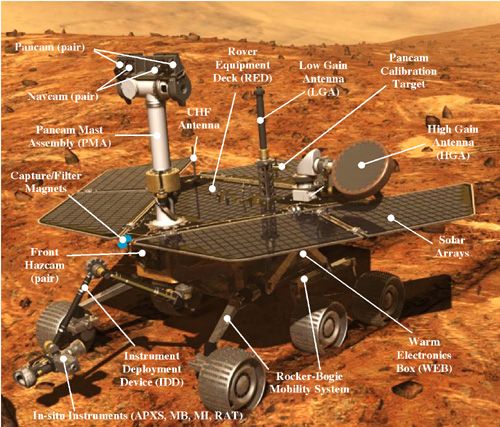
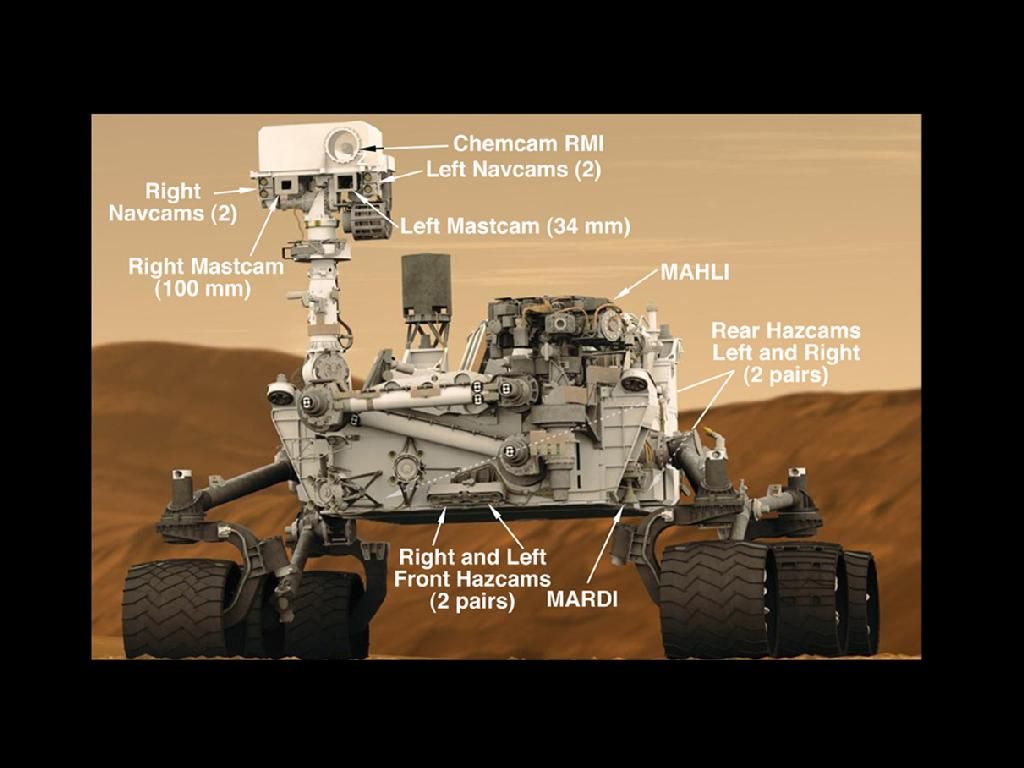
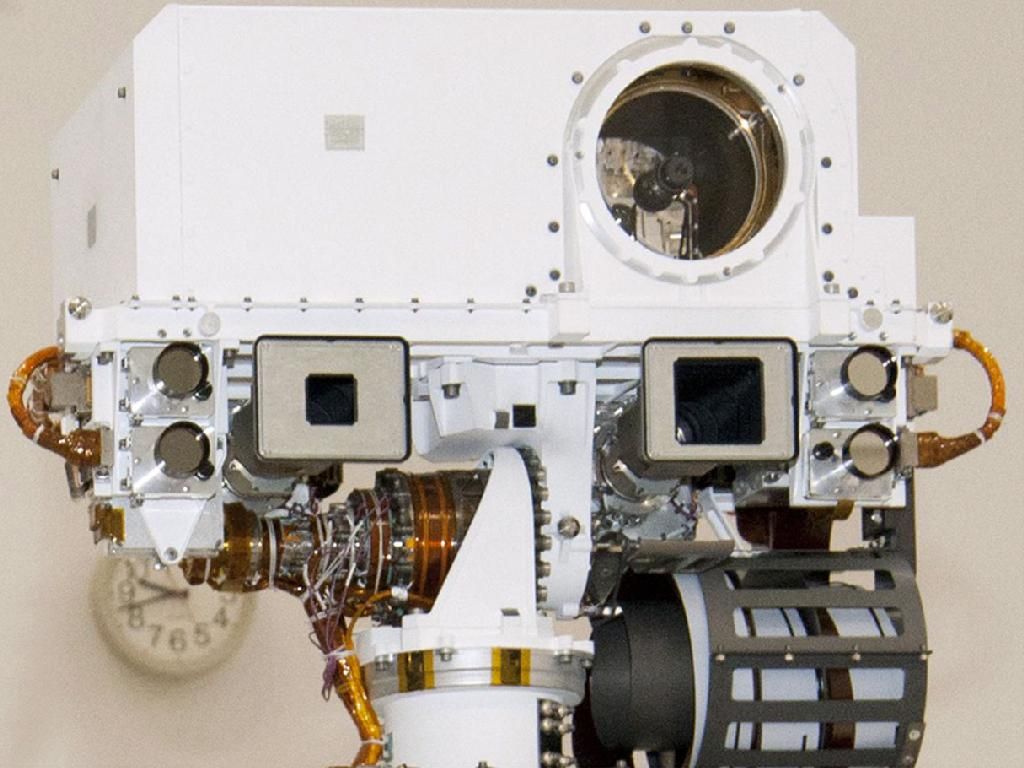
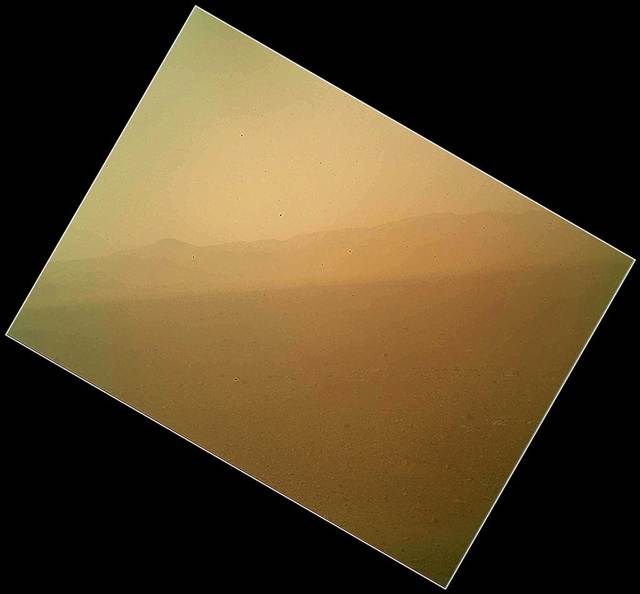
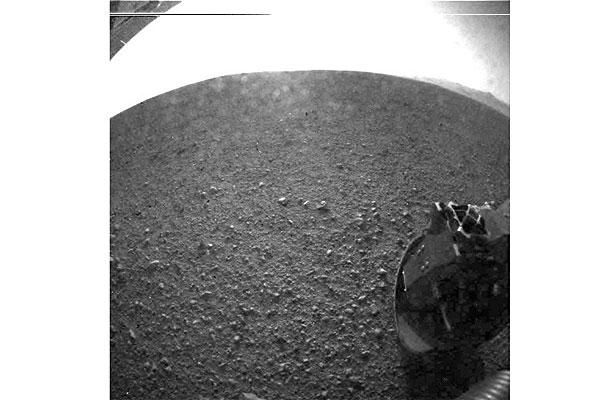
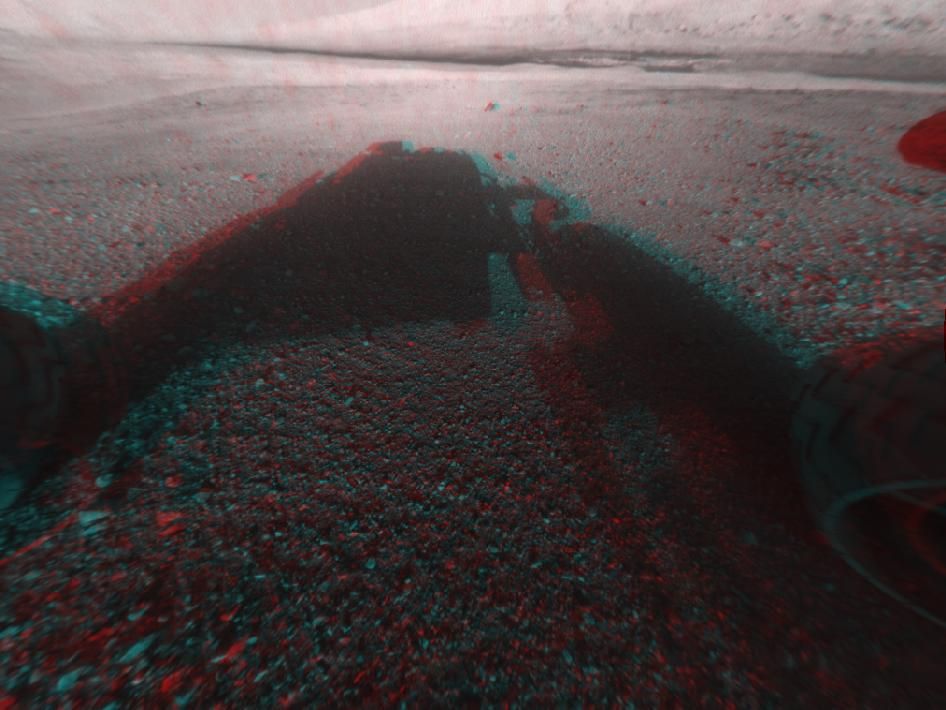
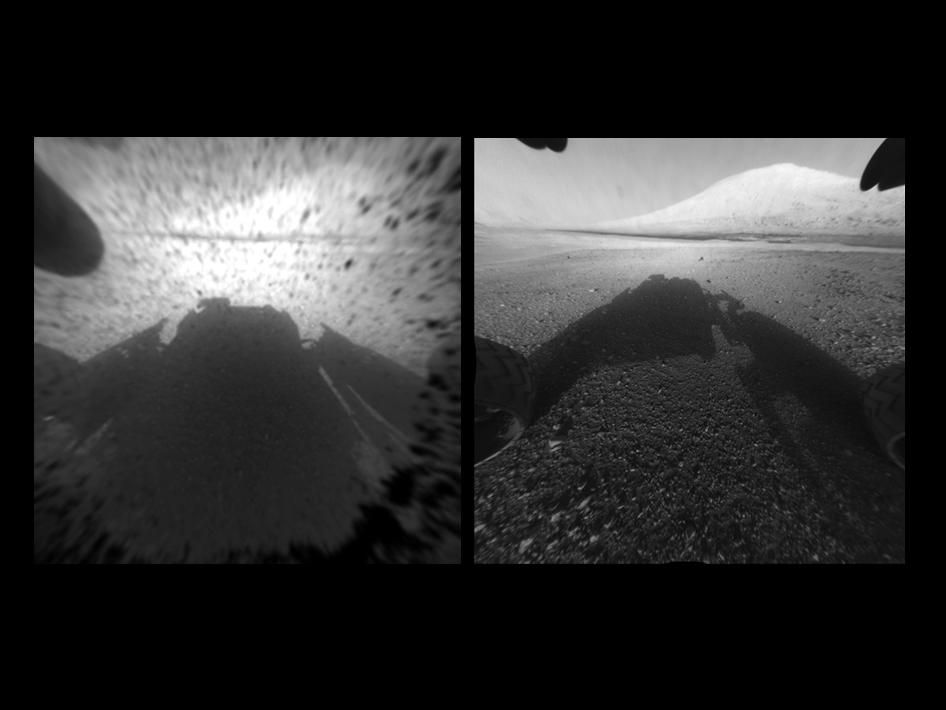
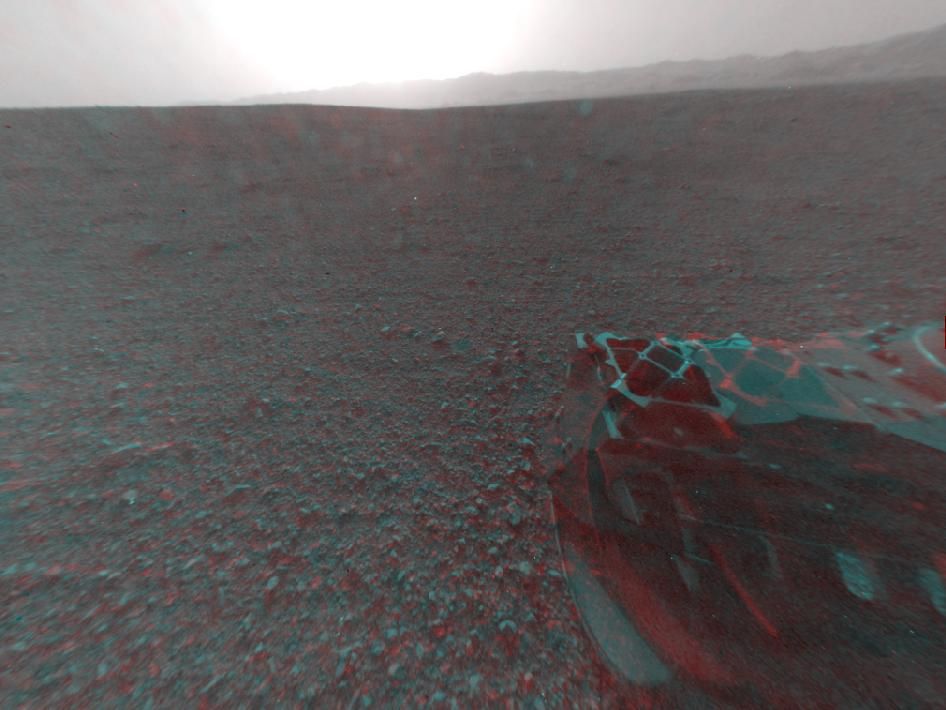
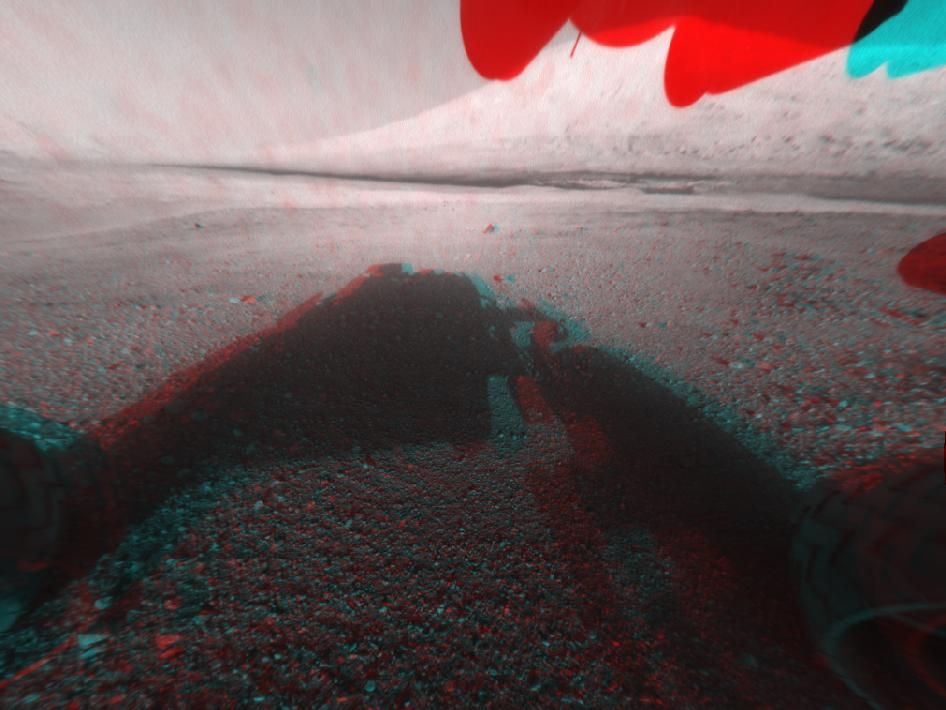
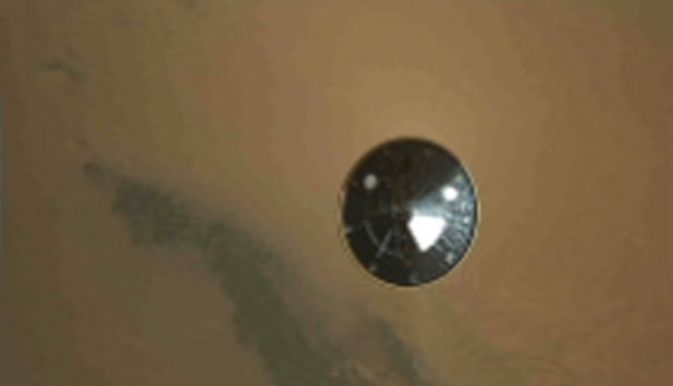
- Make: Array
- Model: 2014 - 2002 2012 Curiosity Rover
- Horsepower: 190 @ 3000
- Torque: 385 @ 1600
2014 - 1959 2012 Curiosity Rover


















- Make: Array
- Model: 2014 - 1959 2012 Curiosity Rover
- Engine/Motor: inline-6
- Horsepower: 240
1953 - 1959 2012 Curiosity Rover


















- Make: Array
- Model: 1953 - 1959 2012 Curiosity Rover
- Engine/Motor: inline-6
- Horsepower: 240
- [do not use] Vehicle Model: Array
Exterior
The Curiosity Rover is about 129 inches long (which is just about 1-1/2 feet shorter than a Mini Cooper->ke629), 109 inches wide, and 87 inches tall. It boasts six wheels on legs that pivot up and down in accordance with the terrain it is on.
The Rover isn't going to Mars empty handed, it will carry with it a plethora of attachments. It comes with a pair of on-board computers that feature 256 KB of EEPROM, 256 MB of DRAM, and 2 GB of flash memory. The computers use a RAD750 CPU which is capable of 400 million instructions per second.
Affixed to a large mast atop the Rover is a high-quality camera capable of taking pictures with a resolution value of 1,600 x 1,200 pixels. It can also take video at 10 frames per second in 720p high-definition. With 8 GB of flash memory in the camera, it can store up to 5,500 martian images.
Also a part of the Rover is a Mars Hand Lens Imager (MAHLI), which is a camera on an arm that is used to take microscopic images of rocks and soil with a 1,600 x 1,200-pixel resolution. The MAHLI camera can either store the images on its memory or compress the files without losing quality and send them back to Earth.
The Mars Descent Imager (MARDI) is another camera that is designed to take images as the Curiosity Rover descends to Mars' ground. It also produces 1,600 x 1,200-pixel images, but it takes pictures from the 3.7 km range to 5 meters from the planet's surface. It also has an 8 GB capacity, which allows for 4,000 images to be stored.
Also on-board the Curiosity Rover, and also way over our heads as to what they actually do, are the ChemCam, Alpha-particle X-ray spectrometer, CheMin, Sample analysis at Mars, Radiation assessment detector, Dynamic albedo of neutrons, Rover environmental monitoring station, MSL entry descent and landing instrumentation, Hazard avoidance cameras, and Navigation cameras. The latter two are explained as cameras to help the Rover navigate Mars' terrain.
Sticking the Landing
The Curiosity Rover needs to stick a perfect landing for any exploration to be possible. NASA scientists have come up with a system that should work flawlessly. Once the Rover's capsule has breached Mars' atmosphere and has slowed to Mach II, a supersonic parachute opens up and the heat shield falls off of the capsule, exposing the MARDI for picture taking.
Once the capsule is about 1.1 miles from the Martian surface and the capsule is traveling about 220 mph, the parachute breaks free and the powered descent begins. In this stage, eight thrusters extend from the capsule and create enough thrust to slow down the capsule. Once the Rover is just 25 feet from the martian surface, the sky crane phase begins.
The sky crane uses a 25-foot-long cord and cables to lower the Rover to the ground. Once the crane verifies the Rover is on solid ground, it cuts away and flies off to crash land in a spot 500 to 1,000 feet away.
At this point, the rover is set to rock and roll... literally.
On The Ground
Once the Curiosity Rover is on the ground, it relies on a Nuclear motor to keep its six wheels turning. This motor throws 500 pound-feet of torque to each wheel, giving it tons of power to get where it needs to be. This motor runs off of plutonium dioxide and has a total driving range of 20 km/12.4 miles, so it definitely isn't going too far.
Competition
There have been past Mars explorations before, but none were as advanced as the Curiosity Rover, so there is no competition to speak of.
Conclusion
We are all extremely excited to see the Curiosity Rover touch down and give us some idea of what's going on in the red planet. As with every space mission, there are no guarantees that this $2.5 billion project will succeed or not. We'll be watching with baited breath along with the rest of the world.

